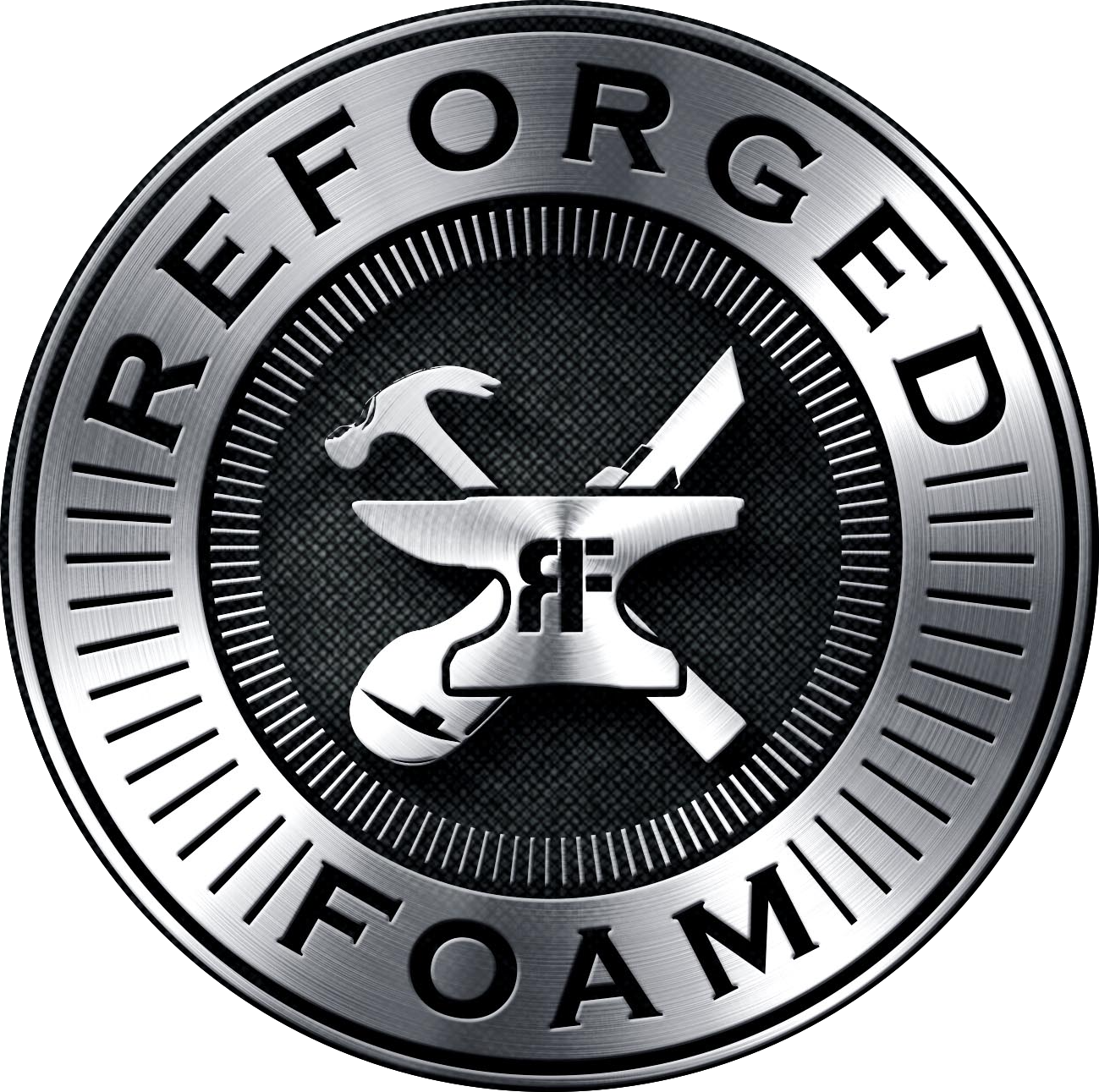Some techniques and tools I use to give my props and costumes “battle damage”
: A battle Damaged Mandalorian plate.
This is a Mandalorian Chest plate I used as an example to show different techniques of battle damage from light scratches, dents, scuffs and heavy cuts.
To do these techniques I use a Dremel multitool, specifically a Dremel 8220 with a flex shaft attachment, but any Dremel multitool has the capability to do the job. I also use a selection of bits shown in the picture for different steps of the techniques which I will do my best to explain the process below.
We will start with the heavy cuts as I find this type of battle damage the most effective in props and costumes, and the technique I find myself using the most.
To do this you will need to install your cutting disc attachment into your Dremel (like in the picture). Now for this technique to be as effective as possible you need to be very aware of the thickness of material as you're going to cut almost as deep as you can go into the material. First decide on your placement and score the initial cut onto your material, once you’ve done that you then need to think about how a knife or sword cut’s a material, they first cut deep because of the force applied so the beginning of your cut is going to be the deepest part, and then think about how a knife or sword exits the material after the cut, the knife wielder pulls the blade down or which ever direction they are striking, but always pulls the blade back towards themselves
: Heavy cuts.
This results in a cut that starts deep and then starts to pull out of the material as the weapon is drawn back to the user, so when applying your damage, your cut needs to initially start at the deepest point and raise more and more towards the surface of the material as the cut nears its completion. Once you have gotten to this part of the battle damage what I like to do is very gradually change the width of the cut from back to front so at your deepest point of the cut, the cut will also be at its widest, gradually thinning out towards the end of the cut, resulting in battle damage like the one in the photo above.
: Scuffs and Dents.
Now we move on to Scuffs and Dents, which is conveniently made with the same cutting disc attachment as the last technique.
This technique is by far the easiest, first decide on the placement and width of the scuff. Then to begin the damage, you want to cut the material along the decided width of your scuff, (not all the way through, you're scoring the material) whilst applying a downward force as if you're dragging the side of the cutting disk towards yourself. In this technique you are essentially dragging the side of the cutting disc along the material.
the difference here between a scuff and a dent is how much texture you apply to the damage, if you want more of a material scuff as if something blunt has struck the material then the cut lines would be harsher as the strike would remove more material in random directions.
If you want a dent like something has hit the material at a glancing angle then the texture when dragging the cutting disc back towards yourself would be smoother, as the material is being removed in one direction. You do this by applying less sidewards force to your cutting disc as you drag it across the material towards you. This will then result in a scuff or a dent like what’s in the photo.
You can choose to apply these techniques in many different ways on basically any material you would use to make costumes and props, you can apply them along the edges of armour panels and on high points on a prop, when applying them I would try to think about where your prop or costume would take the most wear and tear and apply the majority of the battle damage in them places, I like to think edges of the material or object take the most damage so thats where I would start.
I hope my explanation of these techniques made sense and hopefully you all find a prop or a costume that can utilise these techniques to make them look battle hardened, for me battle damage is an essential part of prop and costume making as it adds more realism to the work and basically makes it more interesting to look at.
: different applications
When using these techniques please do so responsibly and follow all the health and safety guidelines for the Dremel Multitool and attachments you are using, you should always wear eye protection and a dust mask or respirator depending on the material, when using these techniques. If you use any of these techniques and feel like you want to show me, find me on instagram @reforged_foam as I love to see new work and meet new makers. There will also be a blog post to follow which gives instructions on how to do the bullet marks you can see in some of the photos, so check that out if you're interested.




